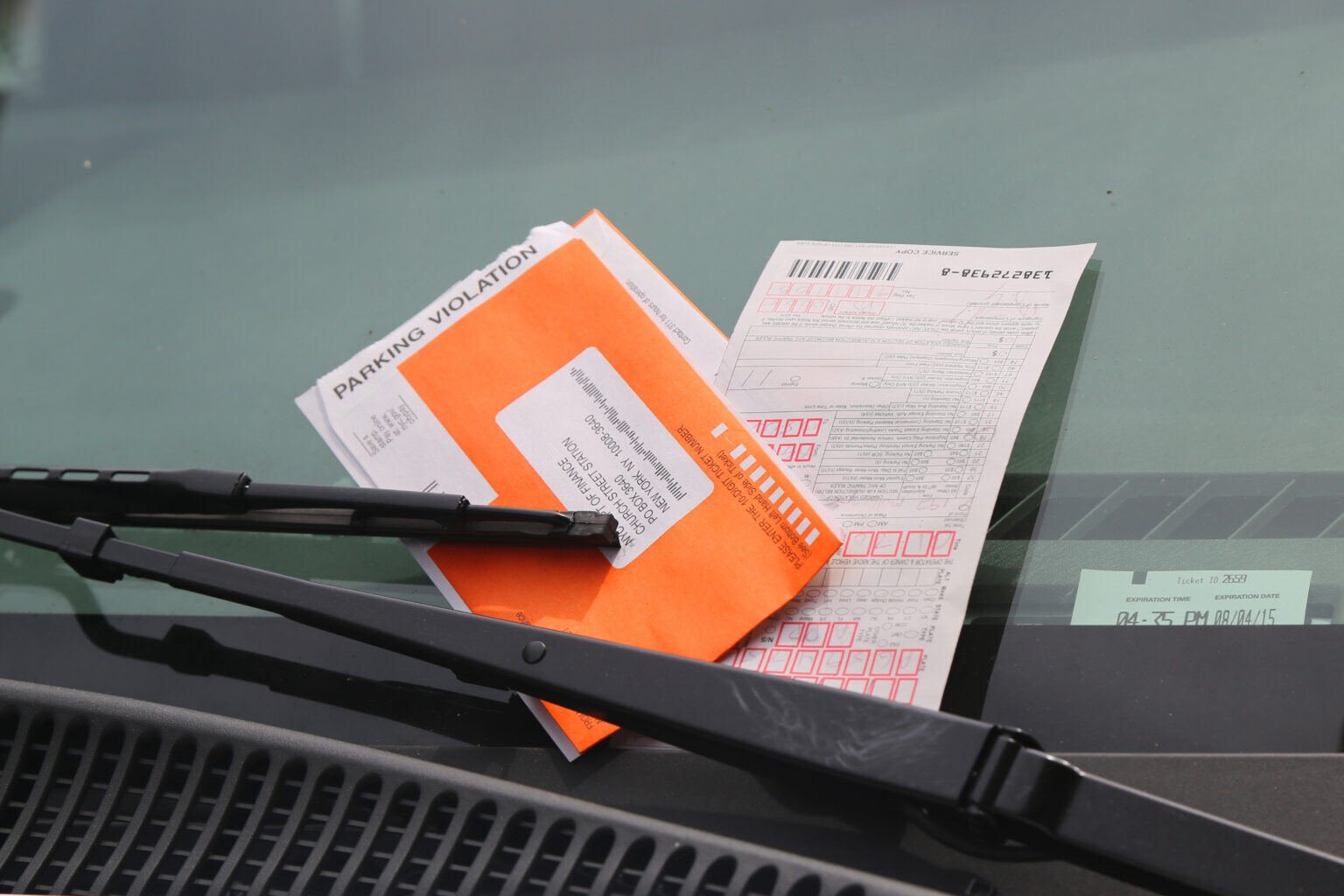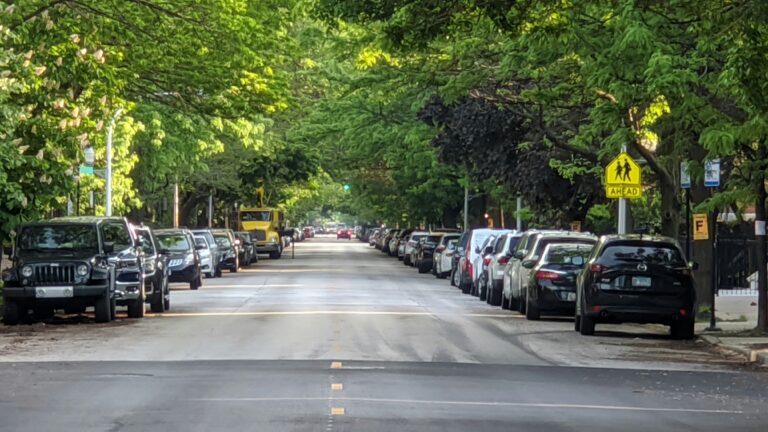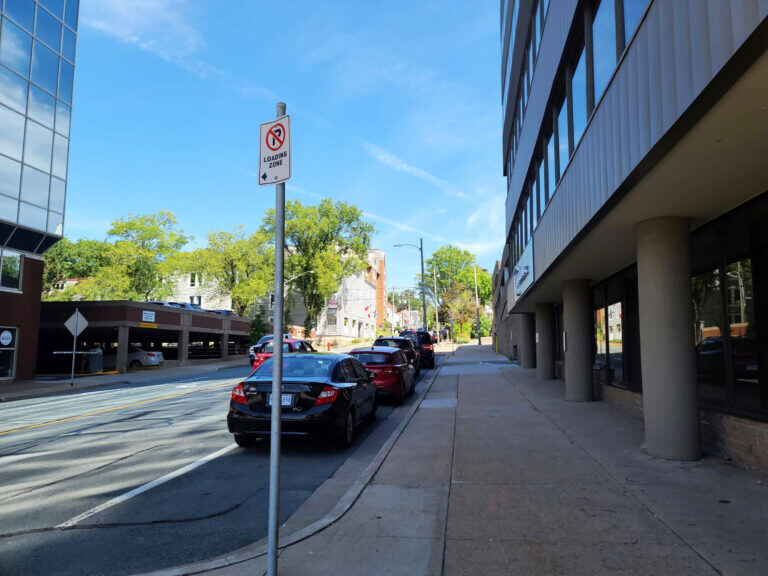3 min read
Optimizing Parking Citation Collections for Maximum Revenue and Compliance
 Matt Darst
Apr 16, 2025 10:31:25 AM
Matt Darst
Apr 16, 2025 10:31:25 AM

Parking authorities around the world face the challenge of efficiently collecting parking fines while balancing revenue goals and public satisfaction. This issue is multifaceted—spanning legal, financial, and social considerations. With varying factors such as citation type, enforcement strategies, and neighborhood demographics, it can be difficult to find a one-size-fits-all solution. In this post, we will explore key strategies and insights for optimizing parking citation collection rates, maximizing revenue, and ensuring fairness and compliance.
Understanding the Key Metrics: What is a "Good" Collection Rate?
One of the most common questions posed to parking authorities is, “What collection rate is achievable for parking citations?” The answer, however, is nuanced. There is no single benchmark for parking collection rates, as the ideal number can vary drastically from city to city, depending on a variety of factors such as:
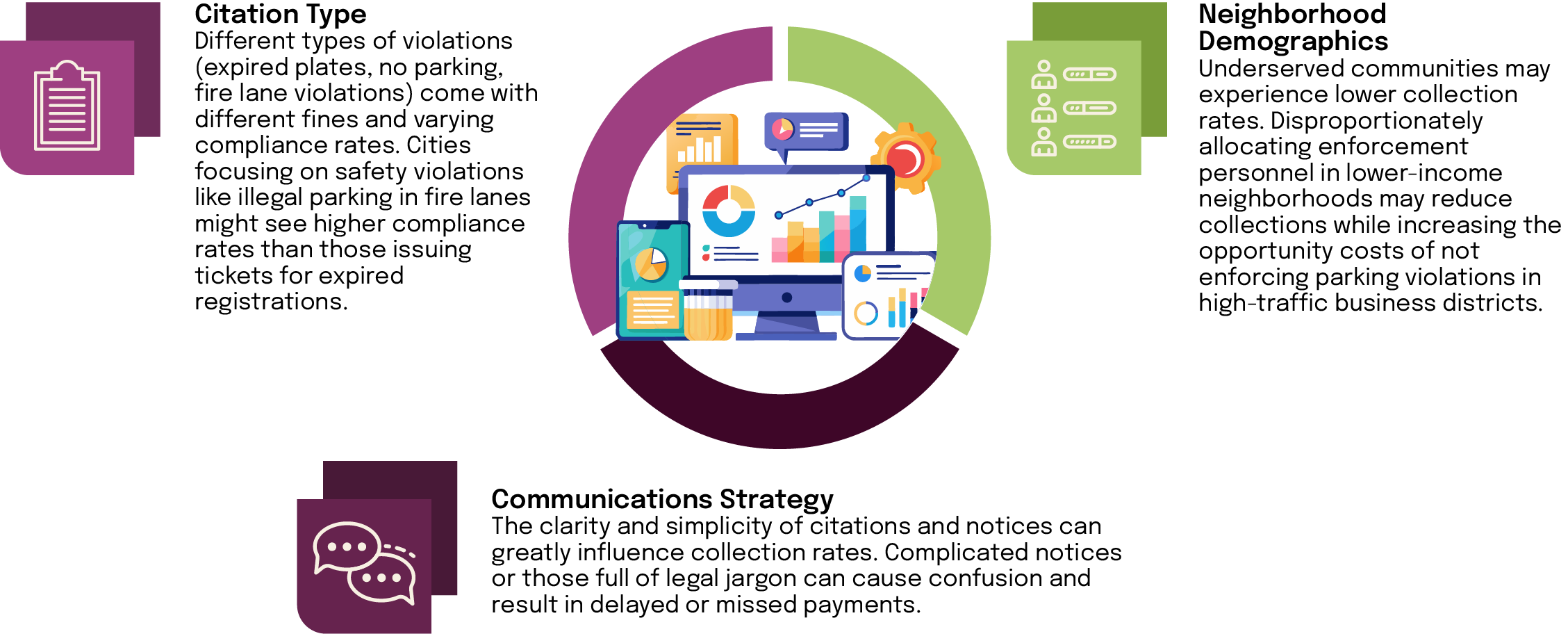
Optimizing parking citation collections requires a comprehensive approach. There is no universal benchmark for collection rates, as each city’s circumstances vary. By measuring performance with these elements in mind, parking authorities can identify areas where improvements are needed and develop tailored strategies that maximize both compliance and revenue. Continuously assessing and adjusting strategies, as discussed below, will ensure cities can make informed decisions, improve collection efficiency, and better serve their communities.
Balancing Early vs. Late Collections: Does Timing Matter?
One key strategy to optimize revenue is determining the right timing for collections, striking a balance between compliance and revenue generation. Traditionally, many have believed that early collection efforts, while improving compliance, might hinder future revenue potential. However, studies show that early collection efforts can actually enhance overall revenue. There are a few reasons for this:
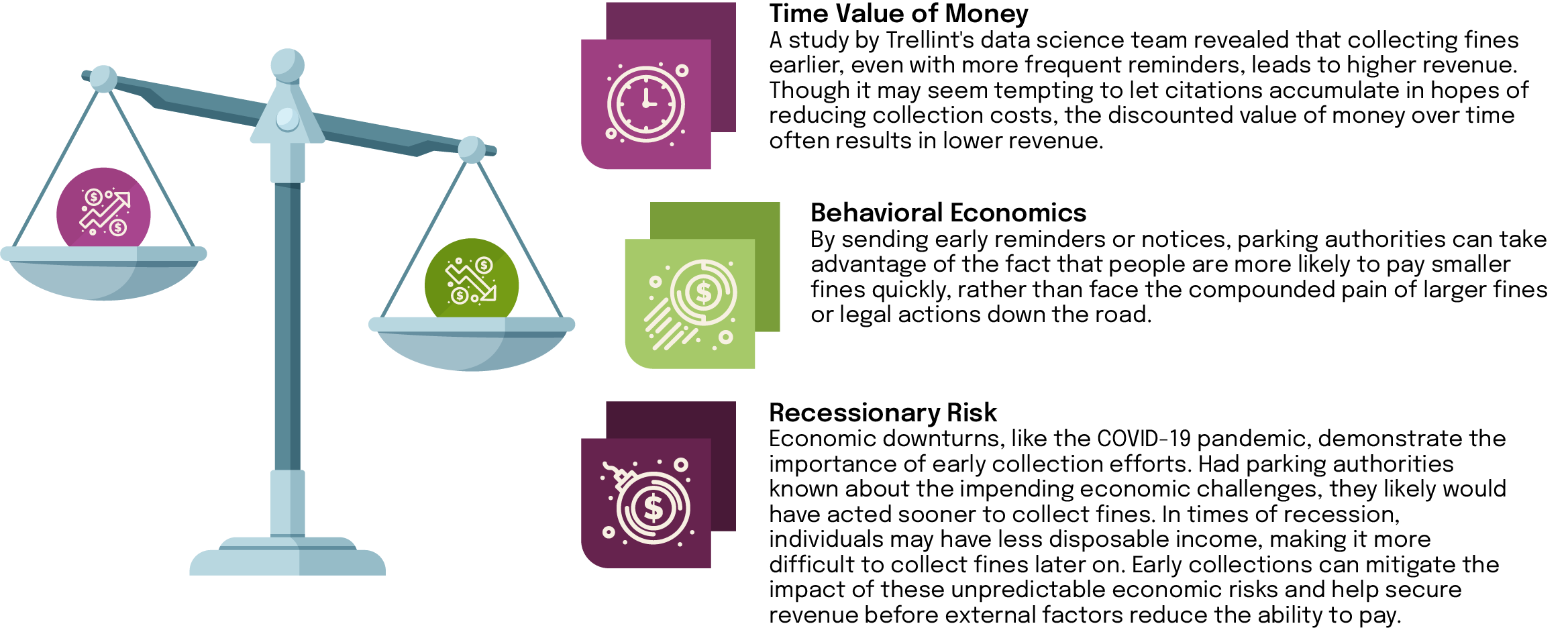
It's important for cities to question assumptions and conduct their own cost-benefit analysis(read previous blog here)to determine the optimal timing for collections. This is a valuable exercise that can help authorities weigh the costs of early collections—such as administrative expenses, staffing, and resources—against the benefits, including improved revenue and reduced risk of non-payment. This data-driven analysis can help authorities identify the "sweet spot" for collection timing, ensuring they strike the right balance between compliance and revenue generation.
Improving Collection Rates Without Diminishing Revenue: Key Strategies
In addition to optimize collection schedules, several initiatives can help improve collection rates without negatively impacting revenue. These methods not only help to ensure higher compliance rates but also address the underlying challenges that can hinder collection efforts.
Redesigning Notices for Clarity. Many parking tickets come with confusing or overwhelming legal language. Simplifying ticket notices with clear, concise language and visual elements (such as icons and simple instructions) can lead to higher compliance rates. Studies have shown that visual communication can enhance understanding and prompt faster payments.
Tailored Payment Plans. Offering flexible payment plans can allow more motorists to pay fines in installments, increasing the likelihood that individuals will pay their tickets. Programs that allow for partial payments or delayed payments, even with some fees, often generate more revenue in the long term, even if some individuals default on their payments.
Targeted Collection Notices. Not all tickets are created equal. Parking authorities can improve their collections by targeting and those more likely to be paid. Using data analytics to identify which tickets are most likely to be paid—based on ticket type, dollar amount, and motorist history—can drastically reduce mailing costs and improve collection rates. This targeted approach could save cities up to 80% in mailing costs while ensuring critical citations are prioritized.
Reevaluating Citation Mix and Deployment. Not all types of citations have the same collection potential. Cities should reassess their enforcement priorities to ensure they are issuing citations that maximize revenue without compromising public safety or congestion reduction. For example, cities that focus more on "expired plate" violations (which have lower fines and less urgency) tend to see lower collection rates compared to cities targeting more pressing violations. Parking meter violations, which help manage demand and reduce traffic, typically have the highest compliance rates.
Fine Optimization. Adjusting fine amounts based on the severity of the infraction—or aligning fines with the underlying social harm caused by an infraction—can increase revenue by increasing the likelihood of payment. For serious violations, such as parking in fire lanes or blocking emergency access, higher fines reflect the greater potential risk to public safety and serve as a stronger deterrent. On the other hand, less severe infractions, like expired registration or minor parking violations, can be charged lower fines, making them more manageable for individuals to pay promptly. Often, the increase in the likelihood of payment more than offsets a fine reduction.
Conclusion: The Future of Parking Citation Collection
While parking citations are a necessary part of city management, the way cities collect these fines can have a significant impact on both revenue and public perception. By leveraging data, rethinking notice design, and experimenting with flexible payment plans and earlier collection strategies, parking authorities can significantly improve both their collection rates and overall revenue. As cities continue to grapple with budget challenges, optimizing the parking citation process will be crucial to ensuring that they can continue to fund essential public services without resorting to punitive or regressive practices.
In the end, the most successful parking citation collection strategies are those that balance efficiency with fairness, ensuring that motorists comply without feeling penalized. Cities that take a thoughtful, data-driven approach are more likely to see success in this complex space.
If you're looking to optimize your parking citation collection strategy and boost revenue, Trellint's data science team can help. Our experts can analyze your data, identify trends, and develop tailored solutions to improve compliance and collection efficiency. Contact us today to learn how we can help you make data-driven decisions that maximize your city's parking revenue while ensuring fairness and effectiveness.


